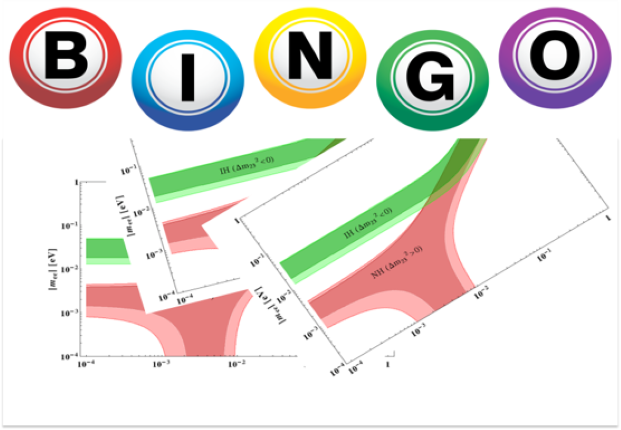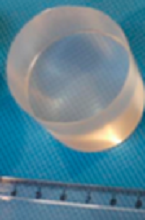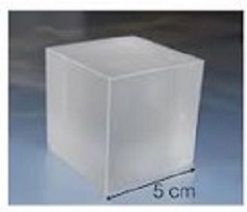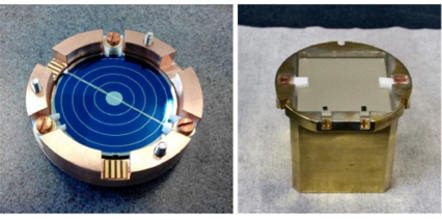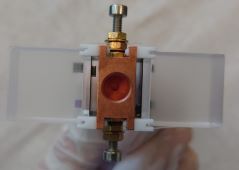Main objectives of BINGO
BINGO (Bi-Isotope 0ν2β Next Generation Observatory), an ERC funded project, is dedicated to explore new methods for background reduction
in experiments searching for 0ν2β decay. It is based on bolometers, one of the most promising techniques to search for 0ν2β.
BINGO’s proposed technology aims at reducing the background index down to 10^(-5) counts/(keV kg yr) in the region of interest,
thus boosting the sensitivity on the effective Majorana neutrino mass.
This can be achieved by :
- (i) Having a revolutionary detector assembly with a reduction in the passive materials facing the detector;
- (ii) Increasing the light detector sensitivity thanks to Neganov-Luke amplification;
- (iii) Using an active shield, based on BGO scintillators with bolometric light detector readout to surround the experimental volume.

Investigation of the Majorana nature of neutrinos
BINGO aims to set the ground for large-scale next generation bolometric experiments to be capable of exploring the inverted hierarchy region and a part of the normal region, thanks to the very low expected background index of about 10^(-5)counts / (keV kg yr). BINGO will study two 2β decay isotopes: 100Mo (Qββ= 3034 keV) and 130Te (Qββ= 2527 keV), they will be embedded respectively in Li2MoO4 and TeO2 crystals, which will be operated as bolometric detectors
Improvement of bolometric technique by technological innovations and new facilities
The project will bring original improvements to the well-established technology of the dual heat-light readout,
demonstrated by CUPID-Mo and CUPID-0 :
- (i) a revolutionary detector assembly that will reduce the total surface radioactivity contribution by at least one order of magnitude;
- (ii) the light-detector sensitivity will be increased by one order of magnitude thanks to Neganov-Luke amplification that can help achieve pile-ups rejection;
- (iii) for the first time in an array of macrobolometers, an internal active shield will be used, based on BGO scintillators with scintillation light readout, that will suppress the external γ background and surface contamination from crystals facing it using coincidence cuts.
Demonstrating the innovative technologies in mini-BINGO
BINGO will study and implement these methods in a demonstrator MINI-BINGO that will take place in Modane underground laboratory (LSM). The mini-BINGO demonstrator will be composed of two towers : one tower will consist of 12 Li2MoO4 crystals (45×45×45 cm) and the other of 12 TeO2 crystals (50×50×50 cm). The tower is arranged in 6 floors, each floor will host two crystals, each crystal will be coupled to a Ge light detector with the same dimensions as the crystal face. The light detectors (LD) will be based on the Neganov-Luke (NL) effect in order to improve their performance. In addition, the towers will be surrounded by an active veto which will consist of BGO scintillators coupled to NL LDs to register the scintillation signal after particle interaction.
Solid bases of the BINGO technology
The opportunity offered by the bolometric technique
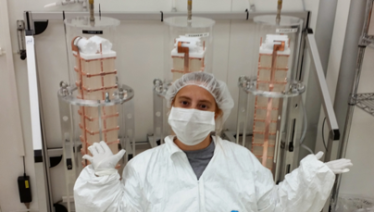 CUORE @ LNGS
CUORE @ LNGS
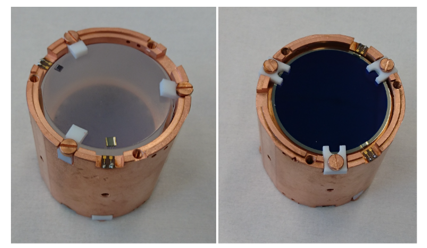 CUPID-Mo @ LSM
CUPID-Mo @ LSM
 Neganov-Luke @ LSM
Neganov-Luke @ LSM
Astropart.Phys. 35 (2012) 839-849
Astropart.Phys. 45 (2013) 13-22
arXiv:1909.02994
Eur.Phys.J. C77 (2017) no.1, 3
Phys.Rev. C97 (2018) no.3, 032501
Research
The Bingo project aims to develop technologies that will push the boundaries of double-beta disintegration without neutrinos.
The observation of this process would make it possible to lift a veil on the nature of neutrinos,
particles of the standard model describing the matter, energy and energy of the interactions.

Physics case and experimental context
The aim of BINGO is the development of a technology capable of investigating the Majorana nature of neutrino with unprecedented precision, down to a sensitivity of a few meV to the Majorana neutrino mass.

Bolometric techniques
BINGO will adopt an innovative version of the bolometric technique to study neutrinoless double-beta decay of 130_Te and 100_Mo contained in extremely radiopure TeO2 and Li2MoO4 crystals, respectively.

Experimental objectives and impact
The impact of BINGO in the search for neutrinoless double-beta decay will be at three levels ....

Members
This project is a collaboration between CEA (Irfu and Iramis), IN2P3 (IJCLAB in Orsay, IP2I in Lyon), KINR in Kiev
Members
This project is a collaboration between CEA (Irfu and Iramis), IN2P3 (IJCLAB in Orsay, IP2I in Lyon), KINR in Kiev.
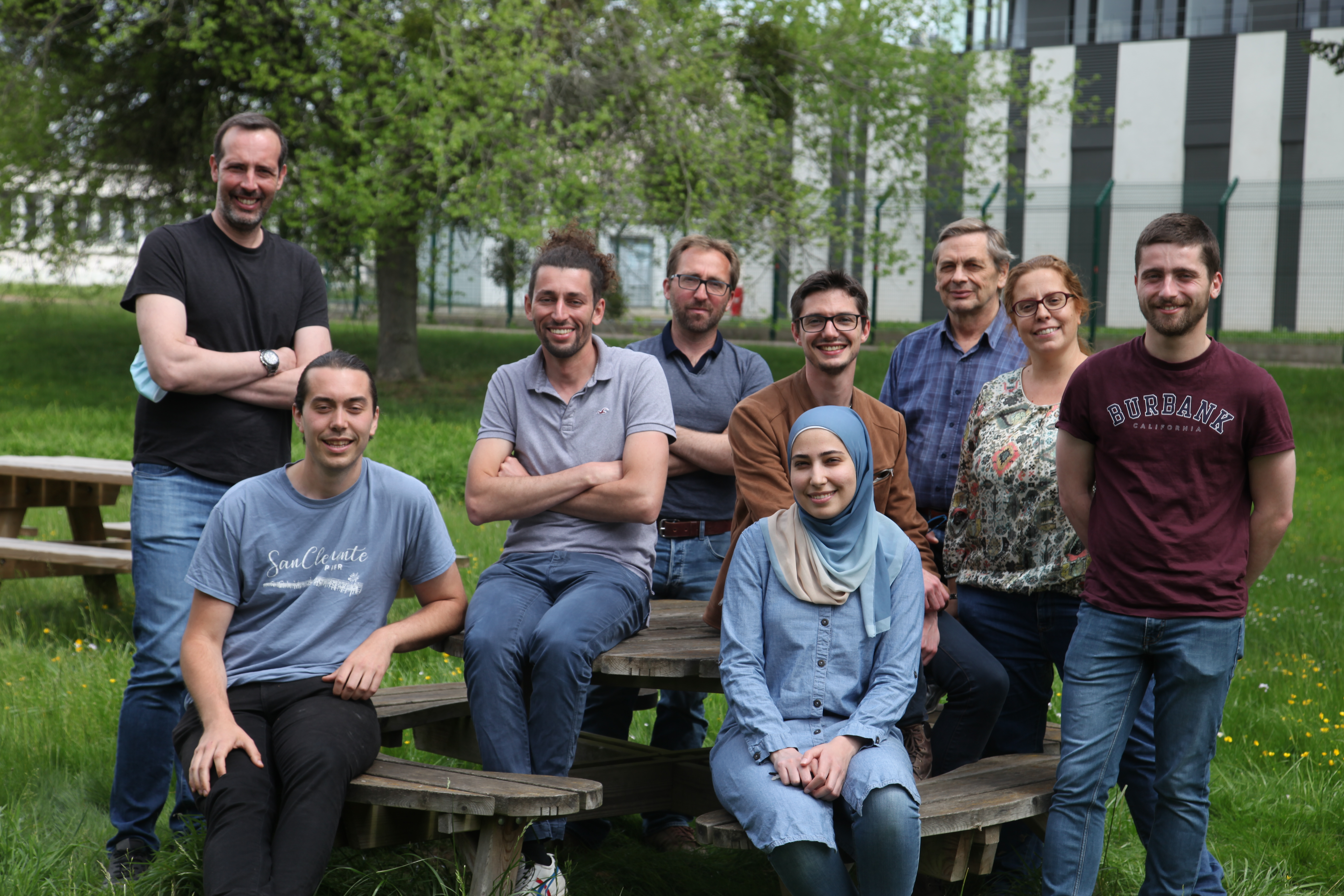
Bingo Collaboration
PI : Claudia Nones From left to right : ....Hawraa Khalife, David Baudin,...Claudia Nones...Host institution and institutes



News
Jobs
Jobs calls soon
Contact
Location:
Paris Saclay, 91191 Gif sur Yvette, France


